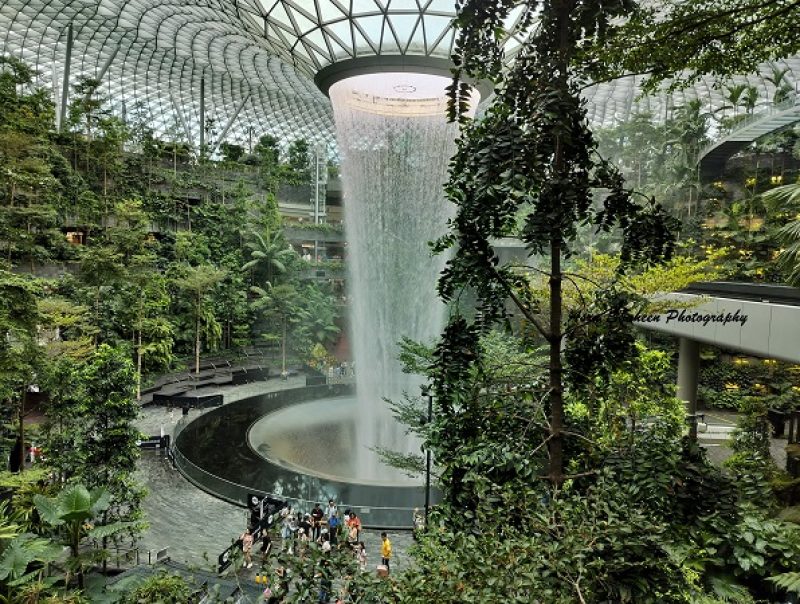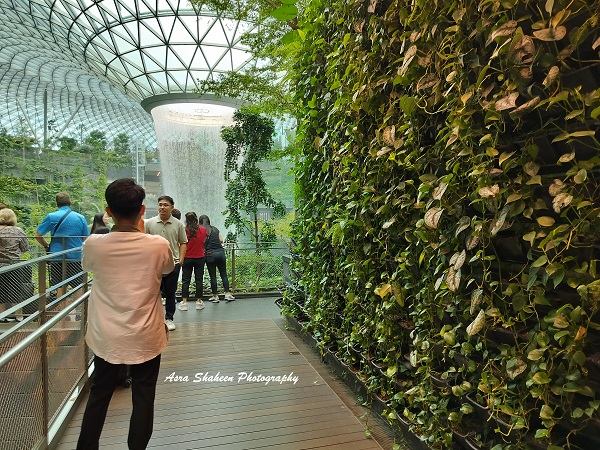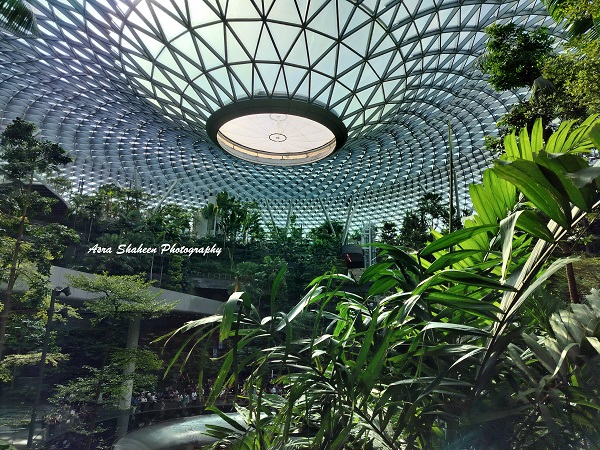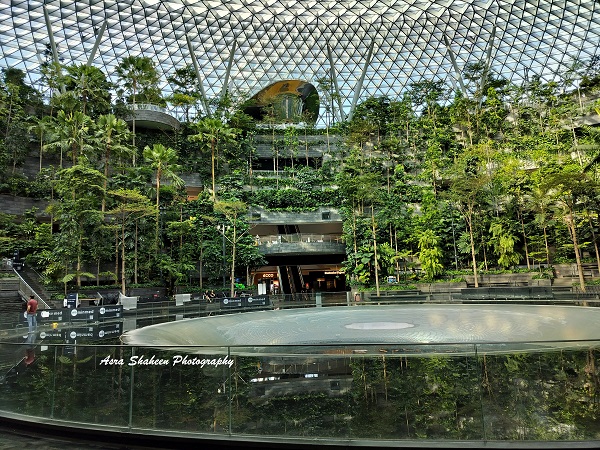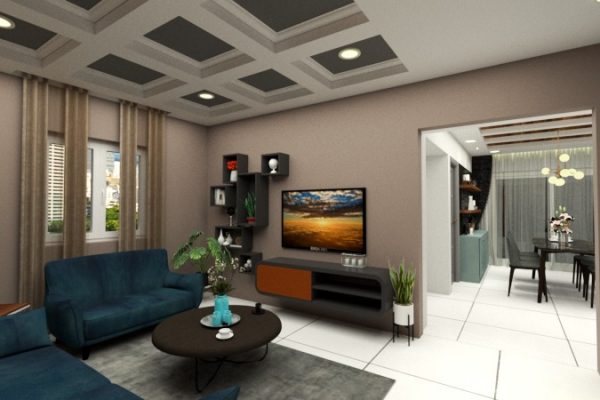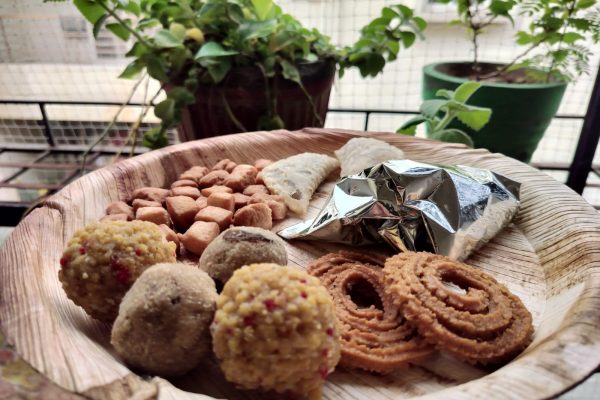The world’s largest indoor waterfall, the awe-inspiring 40-metre Rain Vortex at Singapore’s Jewel Changi Airport is truly a sight to behold. Cascading seven storeys from the oculus, it is landscaped throughout with walking trails of shrubs and trees of Shiseido Forest Valley. A marvel of engineering and ergonomics, it exemplifies the island country’s expertise in energy-efficient architectural designs. Exclusive feature, first-hand images and video by Vibezeen magazine.
Until a few years ago, checking in and out of airports for travel involved merely getting done through a list of procedures to enable a safe and secure journey. But not any longer! Today, airports have transcended the minimalistic transit points into architectural marvels that occupy a pride of place in tourist itinerary. Whether it is Bengaluru’s mammoth Kempegowda International Airport T2 dubbed as “terminal in a garden” in India or Hamad International Airport in Doha, rated by Skytrax Awards as the best in the world, airports are notching up the game in design.
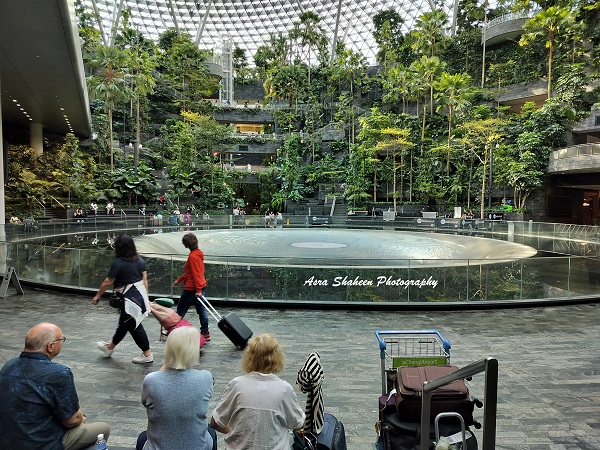
In April 2019, Singapore’s Changi Airport added a “Jewel” to their existing complex – the internationally acclaimed and breathtaking Jewel Changi Airport. Connected to the arrival hall of Terminal 1, this awe-inspiring toroid form structure presents a colossal glass facade featuring Rain Vortex, the world’s largest indoor waterfall tumbling 40 meters from the oculus. Designed by Israeli-Canadian architect Moshe Safdie and his firm Safdie Architects, in collaboration with various firms, it is in fact the centre of attraction of the airport.
The complex is landscaped throughout with walking trails of hundreds of varieties of shrubs and green trees from across the globe. Known as the Shiseido Forest Valley, the interiors create a serene space, evoking a bubble of tranquility in the middle of the hustle and bustle of the city.
Trivia Bites
- Jewel is accessible to everyone and not just travellers in transit. Local residents or tourists can conveniently visit to enjoy the view.
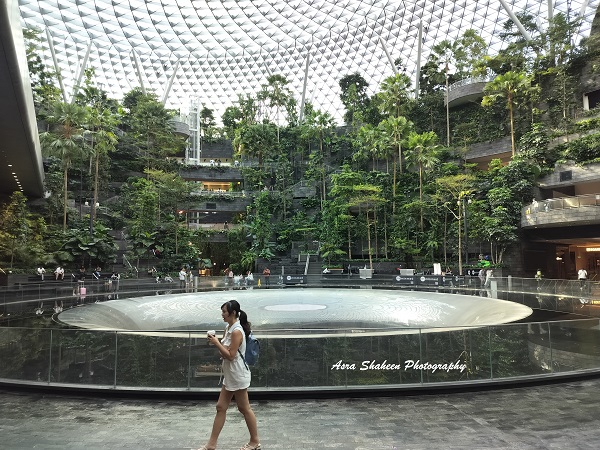
- The Shiseido Forest Valley that landscapes the complex comprises 2,000 trees and palms and more than 100,000 shrubs from 120 species.
- The major challenge to architect Safdie’s vision of the domed glass complex with a waterfall was Changi Airport’s Skytrain track, which already existed. Hence, the entire Jewel complex literally had to be built around this tract.
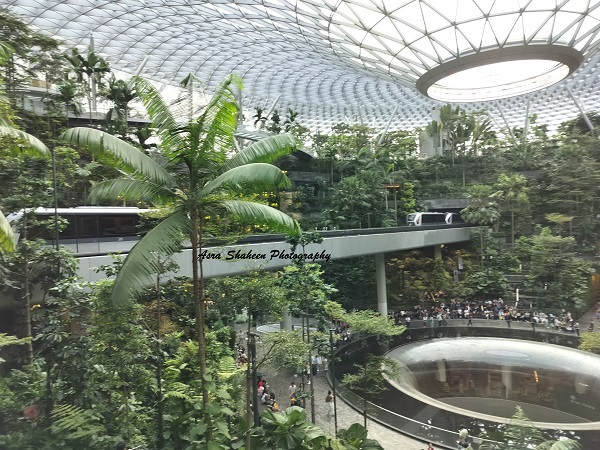
- The train track ran straight through the centre of the visualized dome where the waterfall would have been. The waterfall was therefore designed off centre.
- Thousands of litres of water cascades down seven storeys.
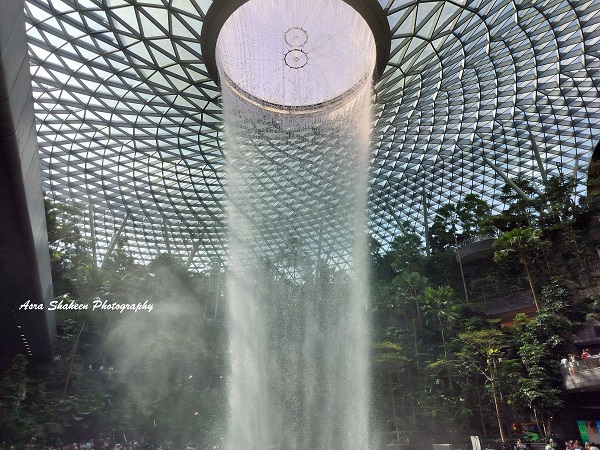
- Had the water been allowed to hit the main valley floor, it would flood the place. Thus, the water is buffered. An acrylic funnel spanning basements 1 and 2 was created to buffer the water to the bottom.
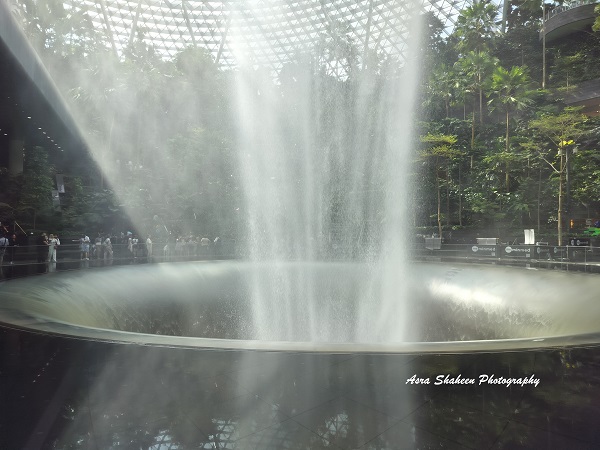
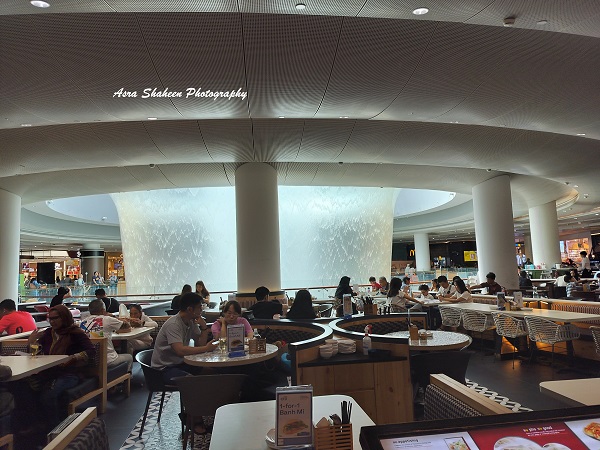
- The designers calculated that a good rainfall in Singapore meant about 45,430 litres of water a minute on the surface. Thus, the water is recirculated and reused. The water goes into massive tanks in the basement, where it is filtered before being pumped back up to level 5.
- With rain sensors, excess rain water diversion techniques and NEWater top-up in place, the design is responsive to various weather and temperature conditions.

